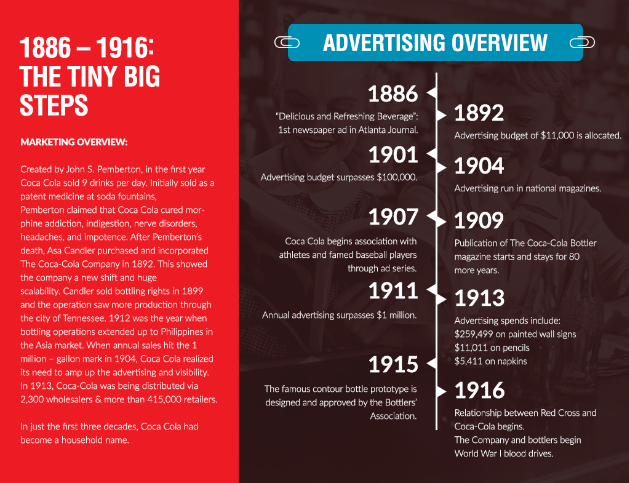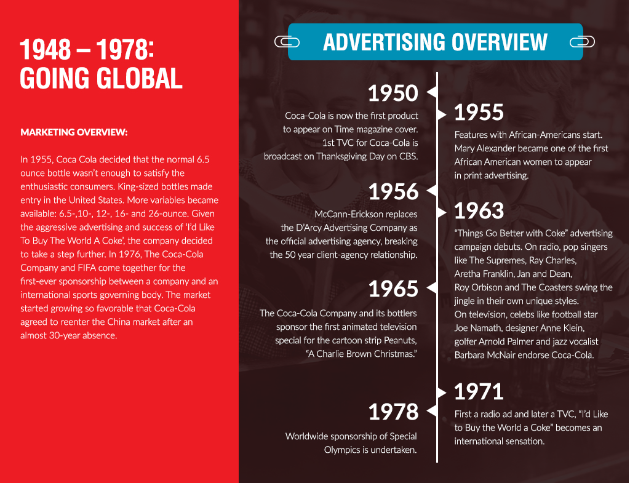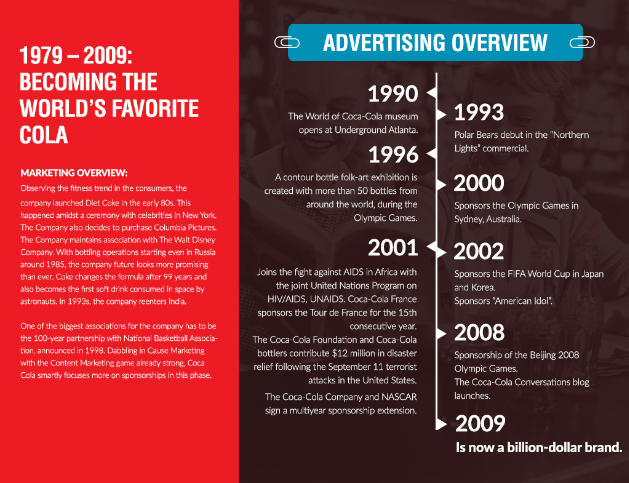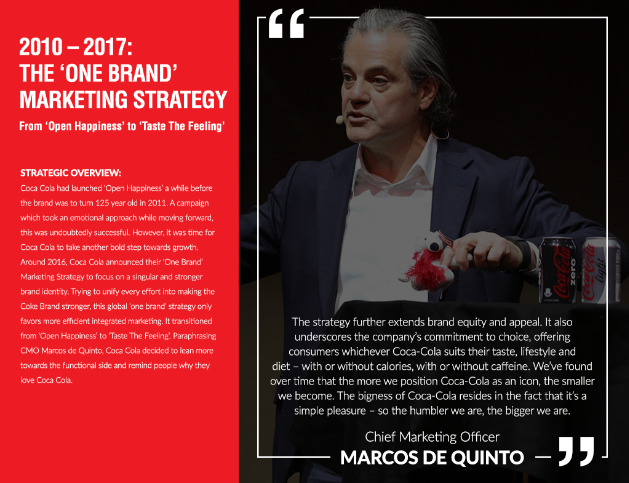
Moving to a new country can be a challenging experience for most people. Deciding on what to keep and what to give away can be a stressful experience for all of us, especially those who are sentimentally bound to their belongings. But have no fear! Here’s an international move packing list to help you pack easily and efficiently for your new adventure abroad!
#1 Documents: This is the most crucial thing to pack. After all, you can buy new clothes and keepsakes, but you will not be allowed entry without your documentation. Passports, visas, identity proofs, driving license and other crucial documents should be packed in a waterproof case and put in your carry-on luggage.
#2 Electronics and gadgets: Next up on our packing list for moving abroad is tech. Laptops, tablets, e-readers and more. Remember to pack them all in your luggage along with their respective chargers. Don’t forget your adapter so that you can easily charge your electronic items without any hassles. For countries that have different voltages than yours, it is wise to carry voltage converters to prevent your item from getting short.
#3 Clothes and shoes: But not all of them. Pack only what is needed and enough for a month or a month and a half. If you are moving for work, then ensure that you have packed your formal clothing. Instead of paying steep airline extra baggage fees, you can use the same money to supplement your wardrobe. The climate is also an important thing to keep in mind while packing. You must be aware of the weather at your destination so pack accordingly. Cotton clothing and light fabrics may do well in India but colder climates require warm clothing and maybe even thermal wear. Same goes for shoes.
#4 Toiletries and medication: It may be tempting to pack 3-4 bottles of your favourite moisturizer, but refraining from doing so would be a wise idea. Keep space in your luggage for only one bottle of your toiletries. You can easily purchase replacements abroad. The one thing you should be packing in bulk is your essential medications. Remember to carry your prescription for the same and ask your doctor to note down the drug name and dosage instead of the brand name so that the pharmacist can give you the right medication for your needs.
#5 Linens: The smell of home is a very comforting thing and can be just the thing to help you feel a little less homesick. Carry a couple of bedsheets and pillowcases to help you feel right at home.
#6 Snacks and other food items: Last but not the least on our international moving guide is food. While Indian groceries abound in cities abroad, carrying some snacks, especially homemade, of your own can be a great comfort in the early days when you haven’t figured out things yet. Of course, what goes without saying is that the items should be non-perishable and permissible in your destination.
Living abroad can come with its own challenges. However, packing smartly can help you overcome at least a few of them with ease. What else would you carry on your move abroad? Have we missed out anything? Please add your suggestions in the comments section below.



















